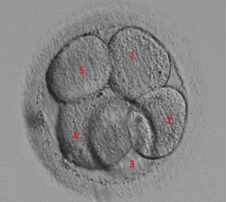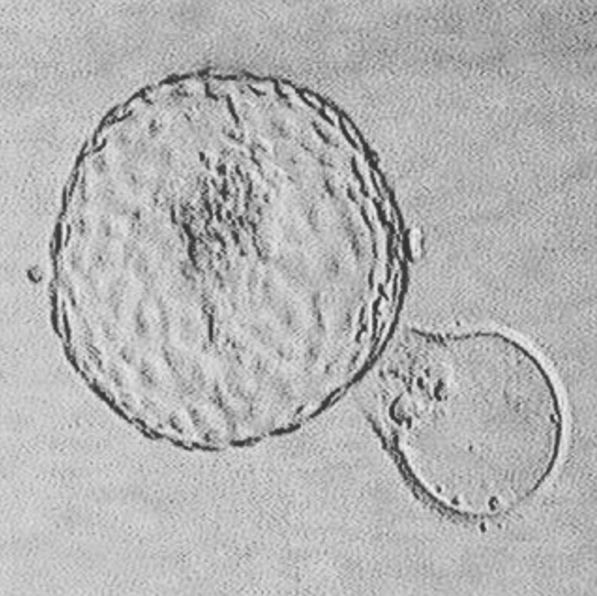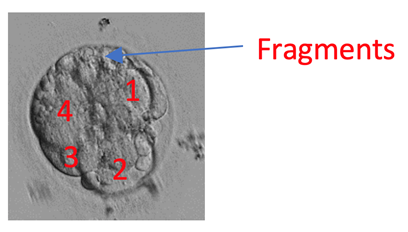As embryologists, a large proportion of our time is spent looking at and assessing embryos to determine which show good potential for pregnancy. We do this between days 2 and 5/6, until we can make an informed decision about which of YOUR embryos are best.
You’ll often hear us talk about cells and fragmentation, blastocysts and expansion, and, of course, embryo grades. But what does all of this mean for you and your embryos? Today and tomorrow, we’ll take you through which embryo assessments we make and why!
On day 2/3, embryo assessments are made to see which embryos show some early potential. We count the cells each embryo has formed while it is growing. While the exact number is not important, we are looking for a number within the expected range. For example on day 2, anywhere from 2 to 5 cells seen within an embryo is ‘ideal’- but 5 cells is not necessarily better than 2 cells, as you might think. The most important thing is that an embryo keeps increasing its cell number as it grows!


You may hear the word ‘fragmentation’ used at this point - this is when small parts of cells may break away during the cell divisions and we assess the amount of this fragmentation to help determine the embryo grade. It’s very normal to have a mixture of grades within your group of embryos, but fragmentation is a very common part of embryo development so you shouldn’t be alarmed if we say your embryos show it.

Whilst heavily fragmented embryos (grade 3 or 4) may have a lower potential for pregnancy, a grade 3 embryo that increases its cell number at the expected rate on day 2/3 and forms a blastocyst, will always have higher potential for pregnancy than an embryo with no or little fragmentation (grade 1 or 2) which increases its cell number too slowly, or isn’t able to form a blastocyst.